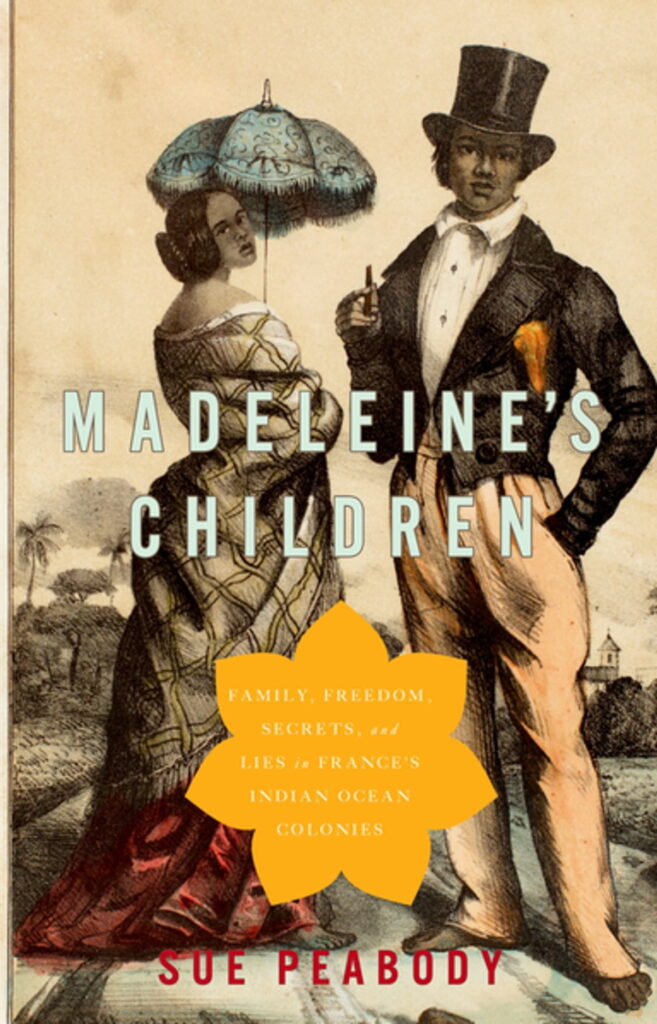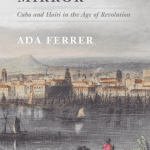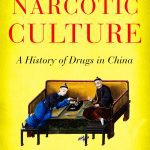The Isle Bourbon and the Isle de France lie in the southern Indian Ocean, 1,200 miles off the southeast coast of Africa. France acquired the islands in 1638 and 1715, respectively, and developed Isle Bourbon as a provisioning stop for grain and livestock for ships traveling between Europe and India. Although these islands shared certain features with France’s Caribbean colonies, they also differed from them in the practices of racial ideologies and the economic and slavery regimes. For example, the sugar monoculture revolution did not arrive to Bourbon and Isle de France until the early nineteenth century, after the collapse of the sugar economy in St. Domingue. In this very specific context, the narrative frame of Madeleine’s Children: Family, Freedom, Secrets and Lies in France’s Indian Ocean Colonies hinges on a betrayal.

Madeleine’s Children tells the story of Madeleine, an enslaved woman of Indian (southeast Asian) origin who was manumitted in 1789 by her wealthy French owner, Marie Anne Routier, yet was not informed of her manumission until Routier’s death nineteen years later. Routier also left Madeleine a financial bequest large enough to pay for the freedom of her enslaved twenty-two year-old son, Furcy. However, soon after (1809), Routier’s son-in-law, Joseph Lory, tricked Madeleine out of this bequest and acquired the ownership of Furcy. Furcy sued both for his freedom and for money owed to him several times without success until achieving de facto freedom in 1829 and official free status in 1848. Peabody’s inquiries revolve around the ways that that betrayal, and the consequences for the betrayed, interacted with geography, colonial politics, the legal and bureaucratic system, and economic and family entanglements. She underscores the complicated family relationships by exposing the likelihood that the frequently abusive Eugénie Lory, Marie Anne’s daughter and Joseph’s wife, was Furcy’s half-sister through the patriarch of the family, Charles Routier. In the context of growing animosity between the creole elites and the French colonial authorities, aggravated by the Indian Ocean turn toward sugar production and consequent need for slaves, Furcy’s claim to freedom and reimbursement ignited a political crisis in Bourbon.
Through her study of ship passenger lists, censuses, bills of sale, and other autobiographies, Peabody sets herself the ambitious goal of understanding both the practices of enslavement by French Indian Ocean creole elites and the experiences of slavery and freedom from the perspective of the enslaved. This is particularly challenging given the paucity of narratives by freed-people from the world of French slavery (compared to British and American abolitionist literature). However she assembles enough information about Madeleine, Furcy, and the Routiers-Lorys to emphasize the centrality of family in either unmaking or making the enslaved or freeperson’s sense of self and place. Both Madeleine and Furcy were torn from family by their owners, and their first actions upon achieving freedom were to re-embed themselves firmly in family and economic society—Madeleine, by acting (unsuccessfully) to secure her son’s freedom, and Furcy, by setting up a confectionary business, marrying, and raising children. Likewise, the meaning of travel could shift dramatically, depending on one’s position. For the enslaved, travel usually caused catastrophic dislocation and rupture, while for the colonial elites, it reinforced their place in family and commercial global networks.

Readers familiar with Rebecca Scott and Jean Hébrard’s Freedom Papers: An Atlantic Odyssey in the Age of Emancipation, will appreciate the significance that Peabody attaches to legal and bureaucratic documents, not only for later historians but for people fighting to obtain or maintain their freedom. In the case of Furcy, who may have been the best-documented slave in Bourbon, Peabody had to rely on archives that were incomplete. Some particularly important documents, she surmises, may have been missing by design. She argues that slavery was a system that was maintained not only through the state’s coercive laws, but by corruption and manipulation of those laws and falsification or elimination of documents on the part of the owners. This manipulation had ramifications both contemporaneously and in future years: critical documents would turn up absent, obstructing later legal recourse for Furcy. Therefore Furcy was a victim not only of the institution of slavery but of Lory’s personal corruption and unscrupulousness—traits, Peabody argues, that typified the French Indian Ocean creole elite class. The historian’s efforts to make sense of the corrupted archive, or “the chasm between the written documents and the lived experience of slavery and freedom,” is one of the pervasive themes of Madeleine’s Children.
In the conversation with other historians, Peabody seeks to deepen understandings of freedom and slavery by enlarging the focus to include the French empire as it reached beyond the Atlantic. Her attention to the slave smuggling triggered by the abolition of transoceanic slave trading reinforces studies of contraband in the late eighteenth century. And while Madeleine, Marie Anne and Eugénie all inhabited a reality far from the revolutionary feminists in mainland France, Peabody is deeply invested in understanding the experiences of women, including highlighting the entangling practices of employing enslaved women as midwives and wet-nurses. Focusing on one family’s experiences reveals the complex and messy underbelly of an empire in the process of transformation and France’s bumpy trajectory toward the promises of the 1789 revolution.
Related Reading:
Michael Kwass, Contraband: Louis Mandrin and the Making of a Global Underground (2014)
Denise Z. Davidson, “Feminism and Abolitionism: Transatlantic Trajectories,” in The French Revolution in Global Perspective, edited by Suzanne Desan, Lynn Hunt, and William Max Nelson. (2013)
Other Articles You Might Like:
White Women and the Economy of Slavery
Slavery in Indian Territory
Slavery and Race in Colonial Latin America
Other Articles by Isabelle Headrick:



